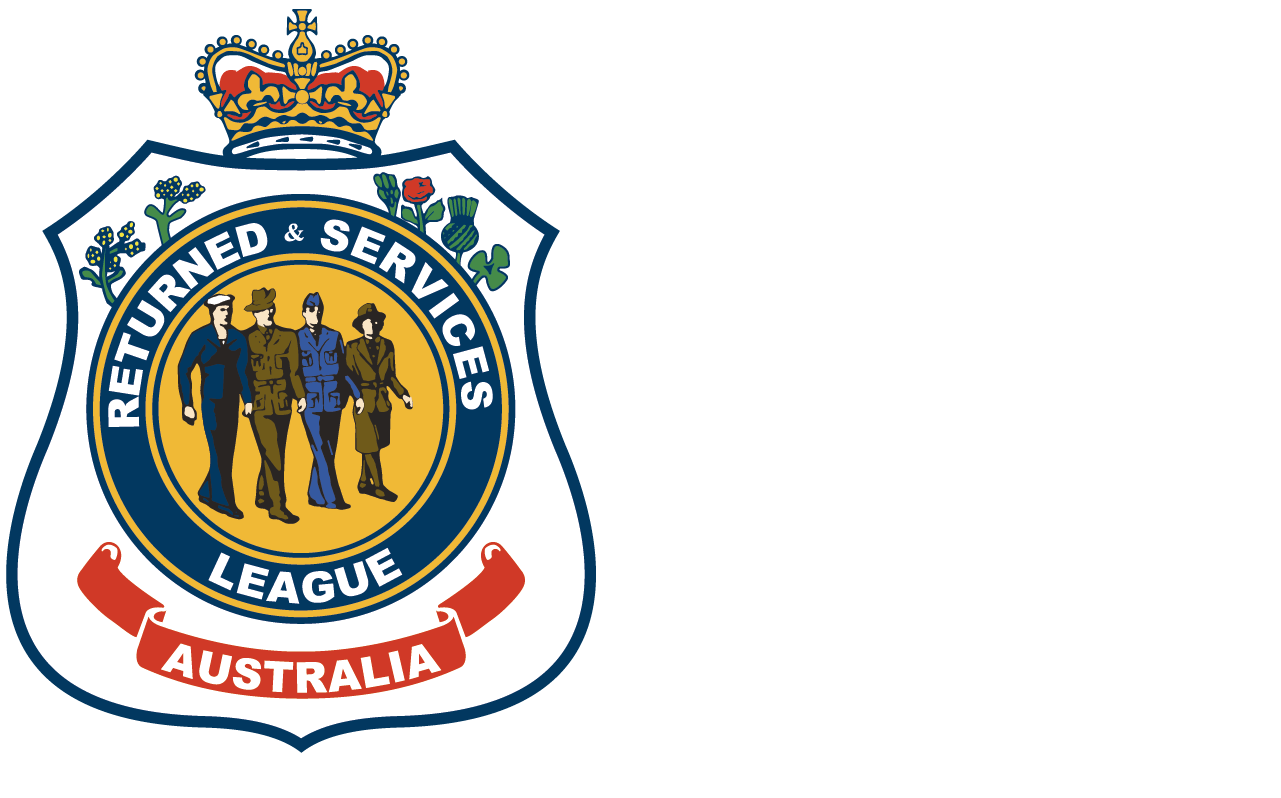Social Cribbage at
Claremont RSL
Cribbage is played every Monday at Claremont RSL from 1pm to 4pm.
The Game of Crib
Cribbage evolved from an earlier English game called “Noddy,” and the man credited with inventing it is Sir John Suckling, a wealthy English poet. Cribbage affords players both the anticipation of the luck of the deal as well as ample opportunity to exercise their skills in discarding and play.
One of the novel features of Cribbage is that a Cribbage board is used for scoring rather than the usual pencil and paper. The rectangular wooden board is equipped with holes that accommodate pegs. The board speeds up scoring, and in this fast-moving game, pegging greatly reduces the chances for errors in computing scores.
Game may be fixed at either 121 points or 61 points. The play ends the moment either player reaches the agreed total, whether by pegging or counting one’s hand. If the non-dealer “goes out” by the count of his hand, the game immediately ends and the dealer may not score either his hand or the crib.
If a player wins the game before the loser has passed the halfway mark (did not reach 31 in a game of 61, or 61 in a game of 121), the loser is “lurched,” and the winner scores two games instead of one. A popular variation of games played to 121, is a “skunk” (double game) for the winner if the losing player fails to pass the three-quarter mark – 91 points or more – and it is a “double skunk” (quadruple game) if the loser fails to pass the halfway mark (61 or more points).
More information at
http://www.bicyclecards.com/how-to-play/cribbage/


